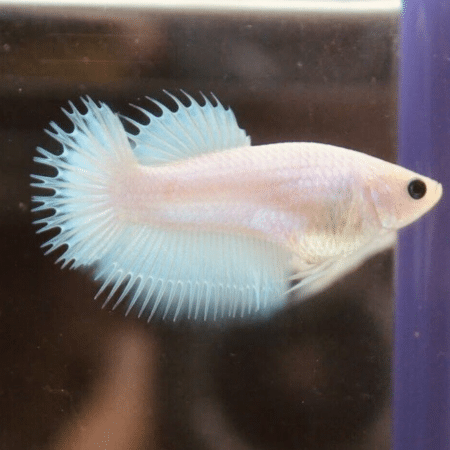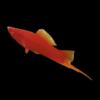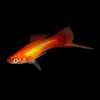To provide the best experiences, we use technologies like cookies to store and/or access device information. Consenting to these technologies will allow us to process data such as browsing behaviour or unique IDs on this site. Not consenting or withdrawing consent, may adversely affect certain features and functions.
The technical storage or access is strictly necessary for the legitimate purpose of enabling the use of a specific service explicitly requested by the subscriber or user, or for the sole purpose of carrying out the transmission of a communication over an electronic communications network.
The technical storage or access is necessary for the legitimate purpose of storing preferences that are not requested by the subscriber or user.
The technical storage or access that is used exclusively for statistical purposes.
The technical storage or access that is used exclusively for anonymous statistical purposes. Without a subpoena, voluntary compliance on the part of your Internet Service Provider, or additional records from a third party, information stored or retrieved for this purpose alone cannot usually be used to identify you.
The technical storage or access is required to create user profiles to send advertising, or to track the user on a website or across several websites for similar marketing purposes.
Golden Eyes Vampire Crab - Geosesarma Sp. - Decapod Crustacean 1 × £8.71


 Golden Eyes Vampire Crab - Geosesarma Sp. - Decapod Crustacean
Golden Eyes Vampire Crab - Geosesarma Sp. - Decapod Crustacean 














Emily Carter (verified owner) –
I am absolutely thrilled with the 10 Santa Claus Kohaku Wagtail Swordtails I recently purchased! As a caring fish parent, I was looking for colorful and lively tropical fish to add to my community tank, and these little beauties did not disappoint. They arrived healthy and vibrant, showing no signs of stress—a testament to the seller’s excellent shipping practices. After about two months of observing their behavior, I’ve noticed they thrive on a varied diet of high-quality fish food and seem to enjoy the floating plants I’ve added for cover. What really sets these swordtails apart from others I’ve kept is their playful nature and the way they interact with each other, which adds so much life to my aquarium. My only minor concern was that a couple of them were slightly smaller than I expected, but they quickly caught up in size! I highly recommend these for anyone looking to brighten their aquarium with ornamental fish. Perfect for both beginners and seasoned aquarists alike. I would definitely buy them again!
Emily Carter (verified owner) –
I recently added the 10 Santa Claus Kohaku Wagtail Swordtails to my aquarium, and I couldn’t be happier with my decision! These little guys are not only visually stunning with their vibrant colors, but they also have such lively personalities that bring my tank to life. After two weeks of watching them settle in, they’ve become the stars of my 55-gallon setup.
They’re incredibly easy to care for, which makes them perfect for both beginners and experienced hobbyists alike. I have them swimming alongside my neon tetras and guppy fish, and they all get along wonderfully. It’s a joy to see them interact and explore their space.
Compared to other swordtail varieties I’ve kept in the past, these Kohaku Wagtails have shown such resilience and adaptability, which speaks volumes about their welfare and care in shipping. They arrived healthy and vibrant, and I appreciate that they’re true livebearers, contributing to my aquarium’s ecology.
My only minor concern is that they can be a bit shy initially, so having plenty of plants and hiding spots is essential. I highly recommend these fish to anyone looking to enhance their aquarium’s beauty and bring some dynamic flair to their aquatic family!